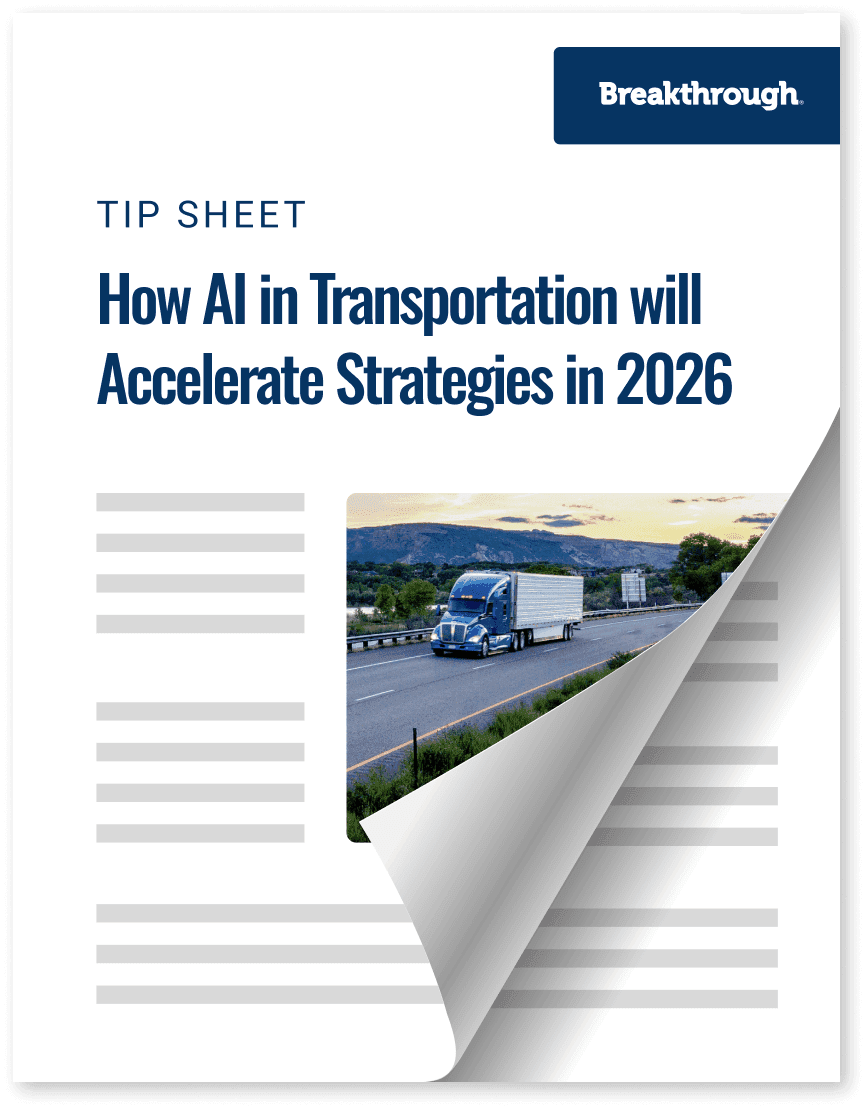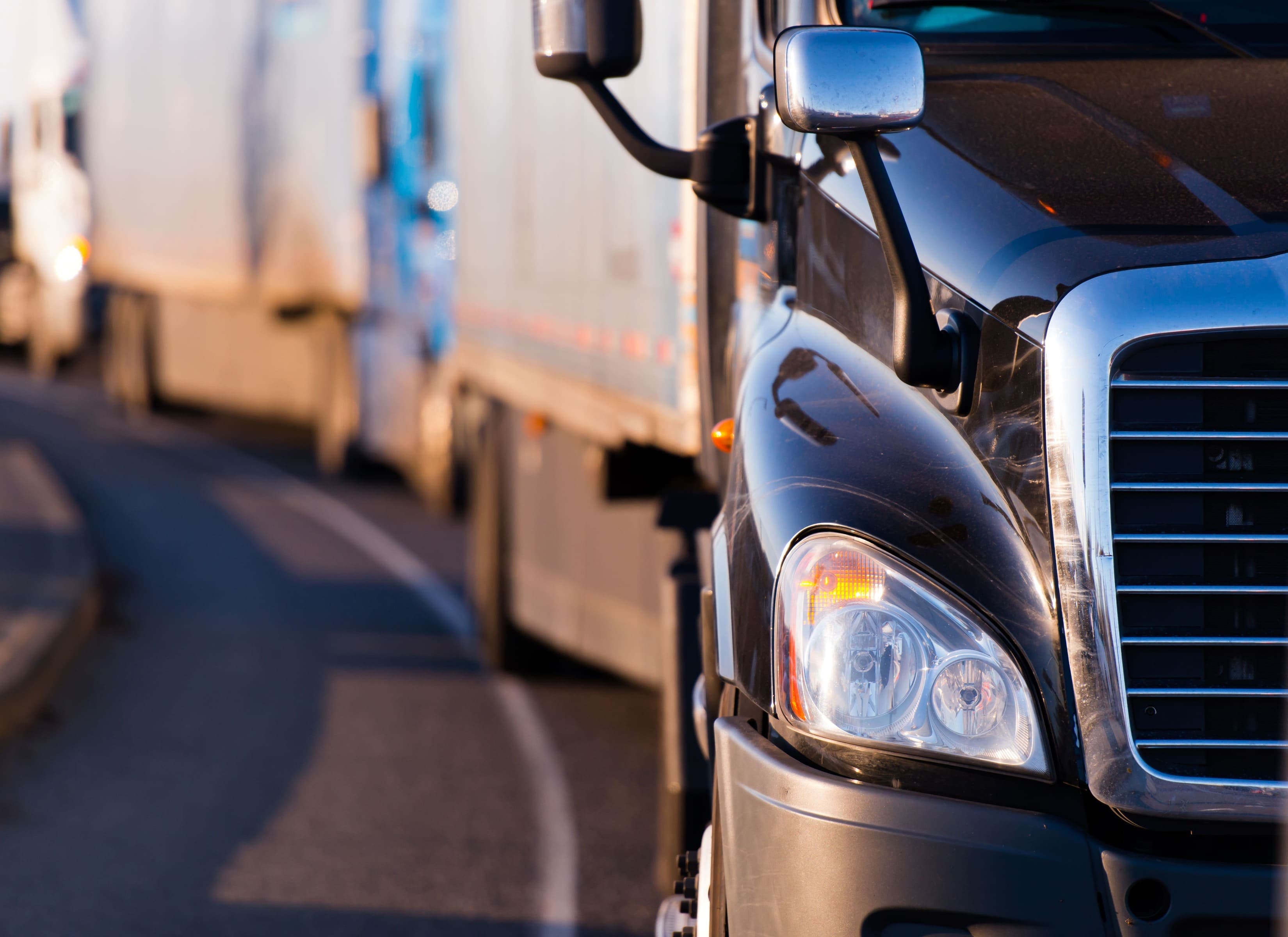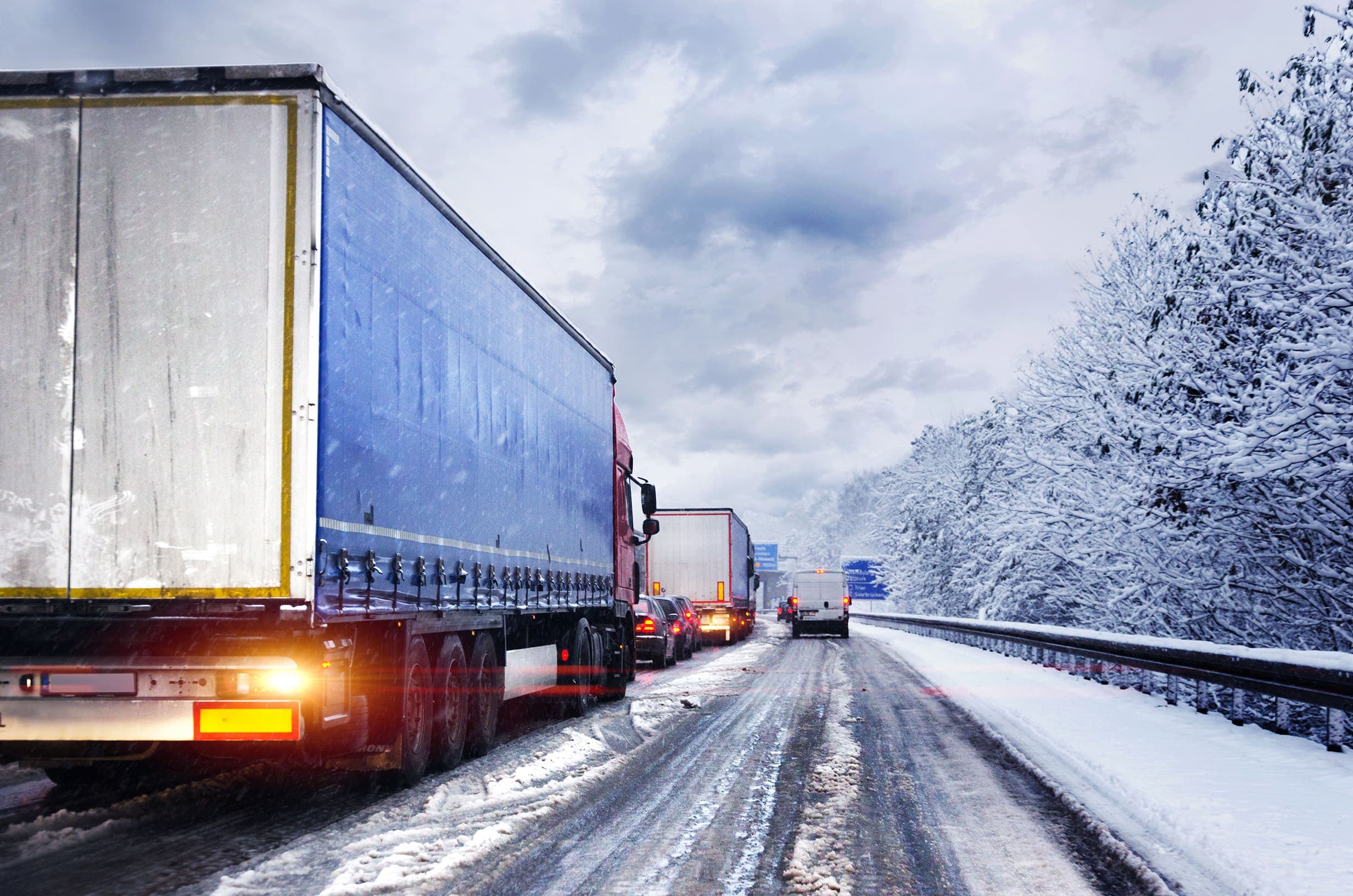How AI in Transportation will Accelerate Strategies in 2026

Trending
Top Posts
Fuel
Why Do Shippers Use The DOE Fuel Surcharge? A History Of The National Fuel Surcharge
5 min read
December 5, 2025
Market Events
How Ukrainian Drone Strikes on Russian Refineries Impact Your Fuel Costs
6 min read
November 20, 2025
Freight
The Definitive Guide on Fuel Management Systems
7 min read
November 11, 2025
5 min read
July 6, 2021

Share:
Table of contents
Browse the table of contents to jump straight to the part you’re looking for
For companies of all sizes, accounting for greenhouse gas (GHG) emissions is a complicated and varied undertaking. The initial challenges of knowing where to begin, what to quantify, and how to structure it all generate a seemingly exponential number of new questions to answer along the way.
When quantifying GHGs, one of the most helpful and important first steps is understanding that different GHG sources–which typically involve fuel combustion–fall into distinct categorical boundaries. These boundaries, also known as “scopes,” are part of a larger framework for GHG accounting established by the World Resources Institute in the Greenhouse Gas Protocol.
Three discrete scopes exist currently within this framework, and the differences between scopes 1, 2, and 3 express varying levels of control and influence an organization has over the emissions source. By understanding what’s included in each scope, organizations can take a critical look at their operations to see where emissions are occurring the most and use that knowledge to find creative ways to reduce their GHG footprint.
When an organization’s owned or controlled assets and on-site operations emit greenhouse gasses, these activities make up their scope 1 emissions footprint. Scope 1 emissions are all those that an organization has direct control over, and as such are perhaps the most straightforward to quantify and report.
Examples of activities that are categorized under scope 1 include fuel emissions from owned transportation assets and on-site energy generation. It can also include unintentional leakage from air conditioning or refrigerant units. Organizations who operate private fleets must include transportation fuel emissions within this boundary.
Reporting scope 1 emissions is a requirement for most GHG disclosure and reduction programs, as the reporting company has the most control and responsibility for them. Data that is helpful for determining scope 1 activities also tends to be more straightforward, because it is generated in-house. When looking to reduce scope 1 emissions, organizations typically focus on making on-site technology more energy efficient.
An organization’s emissions are considered within the boundary of scope 2 if they result from purchasing electricity, heat, or steam from somewhere else, rather than being produced by the organization itself. These emissions physically occur at the facility where the resource is generated.
Examples of scope 2 emissions sources include the energy purchased to heat or cool an organization’s facilities, charge electric equipment and assets, or power remote data centers. As the chart below illustrates, although transportation recently overtook it in size, power generation has historically been one of the largest contributors to GHG emissions worldwide.

Source: Energy Information Administration
Although they originate “off-site,” scope 2 emissions are a distinct aspect in carbon accounting because they are a direct result of a company’s energy use and energy purchasing decisions. Because of this, scope 2 emissions disclosures are also a requirement for most GHG disclosure and reduction programs. In addition to prioritizing energy efficiency to reduce the amount of electricity needed for purchase, organizations often choose to mitigate scope 2 emissions by replacing traditional fossil fuel energy sources with more renewable alternatives their energy provider may offer.
Whereas scopes 1 and 2 pertain to emissions an organization either owns or has purchasing control over, the third boundary includes many more potential sources. Scope 3 emissions essentially encompass indirect emissions from everything not included in the prior two boundaries.
Also known as value chain emissions, scope 3 encompasses activities both upstream and downstream from a company’s normal operations. While they are a consequence of decisions made by a company, they are from sources neither owned nor controlled by them. The diagram below breaks down the different scope boundaries and illustrates all the categories of sources included in scope 3.

Infographic separating different types of emissions sources, organized by the three key scopes shippers encounter in their supply chain.
Unlike scopes 1 and 2, quantifying scope 3 emissions is not required for most reporting and disclosure. While this may simplify the process, by omitting scope 3 emissions companies can have an incomplete view of their total footprint.
Because it is such a broad category, scope 3 emission sources often make up the majority of an organization’s GHG emissions. As such, they also typically offer the greatest opportunities for emissions reductions. From collaborating with transportation suppliers on efficiency improvements to designing a product with more sustainable end-of-life use, there are many strategies available to improve value chain sustainability today.
Once the boundaries of an organization’s emissions are established, a critical aspect of GHG accounting emerges: having accurate and reliable data to quantify the GHGs within each scope. Without reliable data, scope 1, 2, and 3 emissions are merely categorical concepts.
With access to the right data, these categorical concepts transform into measurable, and therefore improvable, information. This underlines the importance of not only quality data sources, but also the collaborative relationships between organizations and the companies that comprise each step along their value chain. Stronger partnerships lead to better data availability, and better data leads to more impactful and sustainable changes.
At Breakthrough, we pride ourselves on our ability to cultivate these critical partnerships in the industry, bringing clear data and actionable solutions forward to inform transportation sustainability strategies for our clients.

5 min read
December 5, 2025
The DOE fuel surcharge is an outdated, inaccurate method for fuel reimbursement. Learn why it costs you money and discover a modern, market-based alternative.
Read more
6 min read
November 20, 2025
Understand the impact of Ukrainian drone strikes on Russian refineries. Learn why diesel prices are volatile and how to protect your budget from market shocks.
Read more
7 min read
November 11, 2025
Discover how fuel management systems cut costs, track emissions, and improve reimbursement accuracy for modern freight operations.
Read more